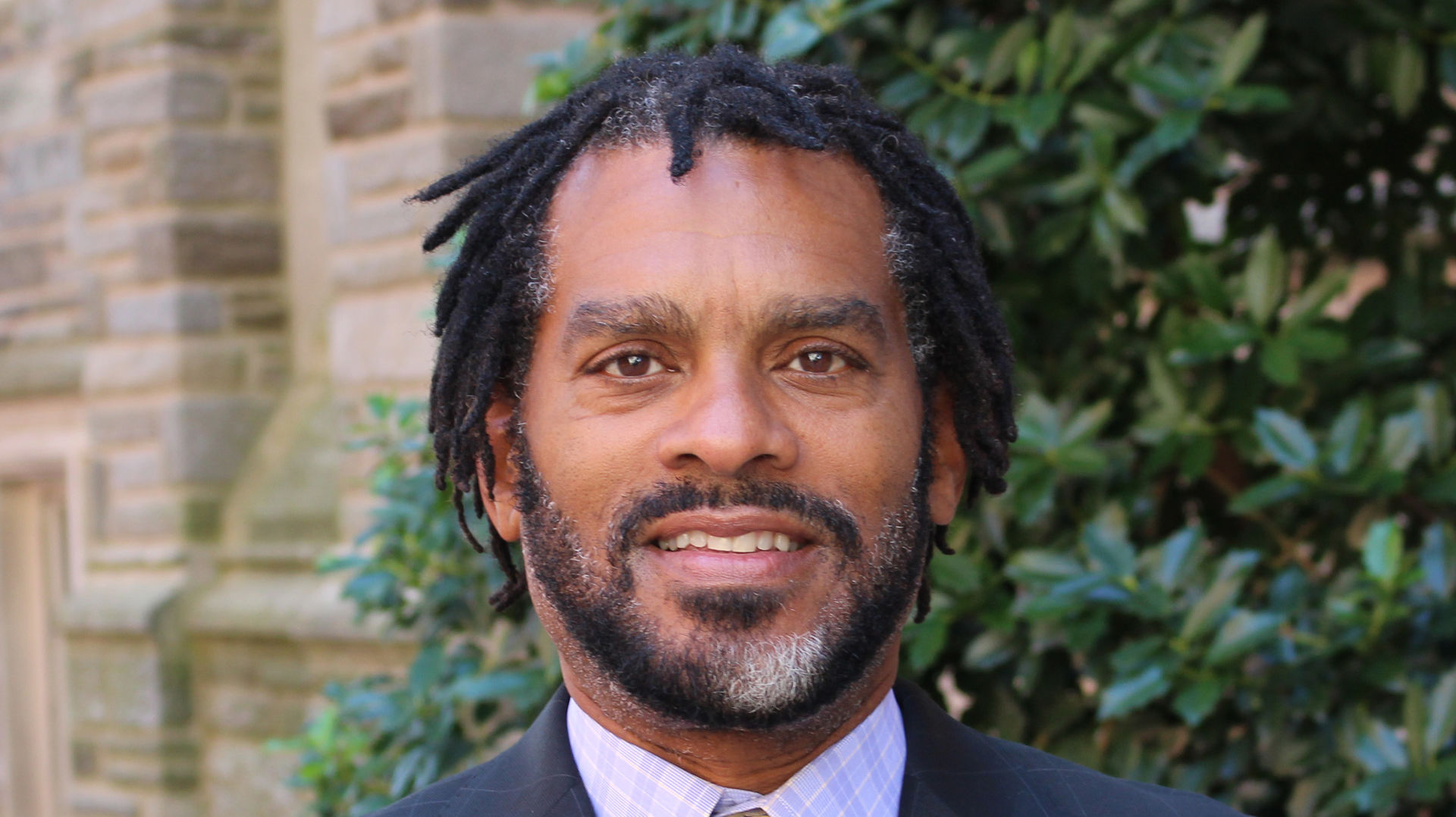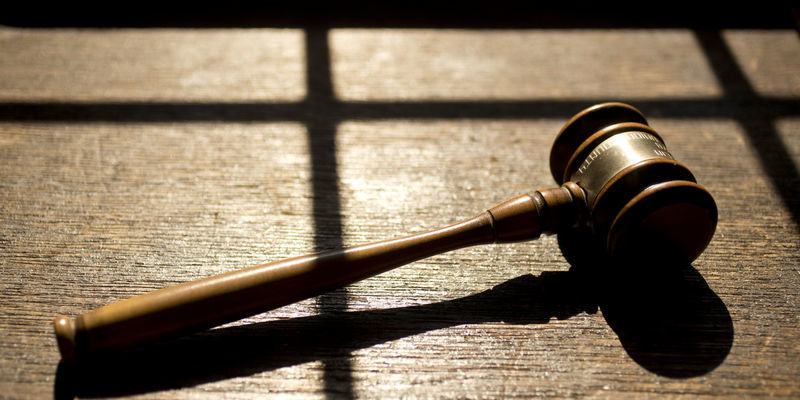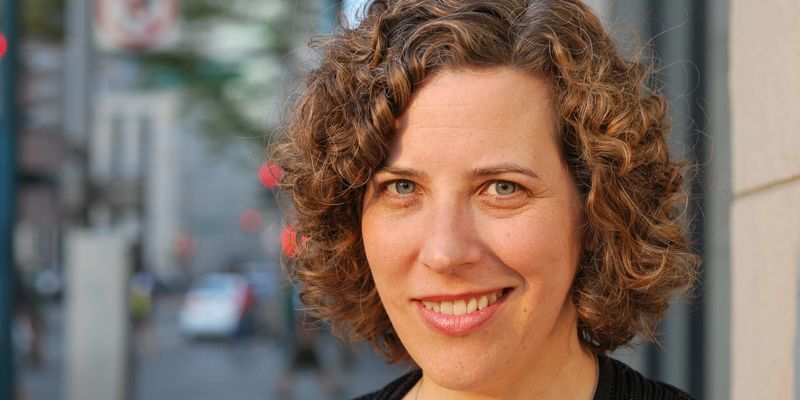Winnie-the-Pooh and hundreds of other works are now in the public domain
Donald P. Harris, associate dean for academic affairs and equity, diversity and inclusion liaison at the Beasley School of Law, explains public domain and the implications for artists and large companies like Disney.

Updated Oct. 31, 2022
On Jan. 1, 2022, numerous works entered the public domain, including A.A. Milne’s original Winnie-the Pooh stories. Although Disney’s version of Pooh is protected by copyright, the company no longer exclusively owns the rights to Winnie the Pooh. The silly old bear is even being reimagined as a killer in the upcoming horror film Winnie the Pooh: Blood and Honey.
We spoke with Donald P. Harris—associate dean for academic affairs and equity, diversity and inclusion liaison at the Beasley School of Law—about public domain and the implications for artists and large companies such as Disney following Milne's Winnie the Pooh copyright expiration.
Temple Now: What is public domain, and why is this horror film Winnie the Pooh: Blood and Honey legally allowed to be made now?
Donald P. Harris: We can think of it as this large database of literary and artistic works, and other information, that is accessible to the public. The works could be there because they were never protected by any intellectual property rights, or the term has expired.
There are different views on the public domain. One side wants a large, robust public domain so that people can access all these different works to create their own works. Conversely, those who have copyrights would like their works protected in perpetuity. That’s not possible, though, because the Constitution grants protection for “limited times.”
TN: When do works enter the public domain?
DPH: The current term is life of the author plus 70 years. There are other terms such as 95 years from the date of publication or 120 years from the date of creation if the work is anonymous, somebody is using a pseudonym or if the work is what is referred to as a “work made for hire,” for example a work prepared by an employee for an employer.
The term of protection has changed dramatically, starting out as 14 years in 1790. From the initial term, which also allowed for a 14-year renewal, we’ve seen repeated extensions, first to 28 years, then to 56 years and eventually to the current term. This continuing expansion has caused a divide among the public and certainly scholars. Why do we keep extending the term of copyright? Some people might derisively say it’s because of Disney and Mickey Mouse, at least with respect to the last two term extensions.
TN: What is the legal process for using content not part of the public domain? Are there limitations?
DPH: If the work is protected, subject to a few important exceptions, the copyright owner’s permission is needed. The artist (or the person desiring access) and the copyright owner negotiate a license granting rights to use the work. Of course, the owner need not license at all.
One of the important exceptions is fair use. If the work is used for some other purpose, such as for teaching or political commentary, then it might be considered fair use, and no compensation or permission is required.
Additionally, copyright protects an expression of an idea, not the idea itself. I can’t protect the idea of a talking mouse. However, if I start expressing that idea in certain ways, like calling that mouse Mickey and giving it particular ears and personality, and adding other expressions, then that particular expression of the idea is protected. In this way, others are free to use the idea to create other works.
TN: What does it mean to artists to have access to these works?
DPH: Quite a bit. As an artist, you want to have access to as many different works to inspire you, and to allow you to create additional works, without any limitations. With a robust, rich public domain, if you’re an artist, you’re a kid in a candy store.
TN: What might it mean to large companies (e.g., Disney) to have the original work that inspired their adaptations enter the public domain?
DPH: Disney is going to lose millions and a valuable copyright that it’s been able to leverage on all sorts of merchandise. But it’s had protection for years and has been granted term extensions. The goal of granting protection is to incentivize people to create. It’s not to make everyone millionaires and prevent people from using these works forever. At some point, we want the work to fall into the public domain so society can access it to create new works.
TN: What are the legal repercussions of artists violating copyright, such as using Tigger, (who is not part of the public domain yet because he first appeared in 1928), or the Disney Winnie-the-Pooh cartoons?
DPH: Violating copyright would result in a lawsuit and be considered infringement. For example, a work protected by copyright can’t be reproduced or distributed. A work also can’t be publicly performed or displayed. Anyone using the work without authorization would be subject to an infringement lawsuit, with damages depending on the extent of the use.
TN: USA Today reported that legal experts believe a corporation-driven amendment to Winnie-the-Pooh’s addition to the public domain is “a long shot.” Why is that?
DPH: I suspect experts are saying the courts and perhaps Congress are getting leery about extensions. To play devil’s advocate, though, every time copyright holders, such as Disney, have asked for extensions, Congress has obliged, and one may legitimately wonder whether Congress would do so again. But I agree with the legal experts and am skeptical of another extension, and even if Congress does pass such legislation whether the Supreme Court would find this further extension constitutional.
Read more
- Temple Law: Faculty from the Beasley School of Law are experts on the most relevant law topics of the day, and they’re leading a student body that is eager to use law as a tool for social and systemic change.
- Practicing law in and out of the classroom: Thanks to a variety of clinic and practicum offerings, Beasley students enjoy real, hands-on law instruction and practice that prepares them to make an impact as alumni.
- Become an Owl: Learn more about applying for one of our undergraduate, graduate or professional programs.


